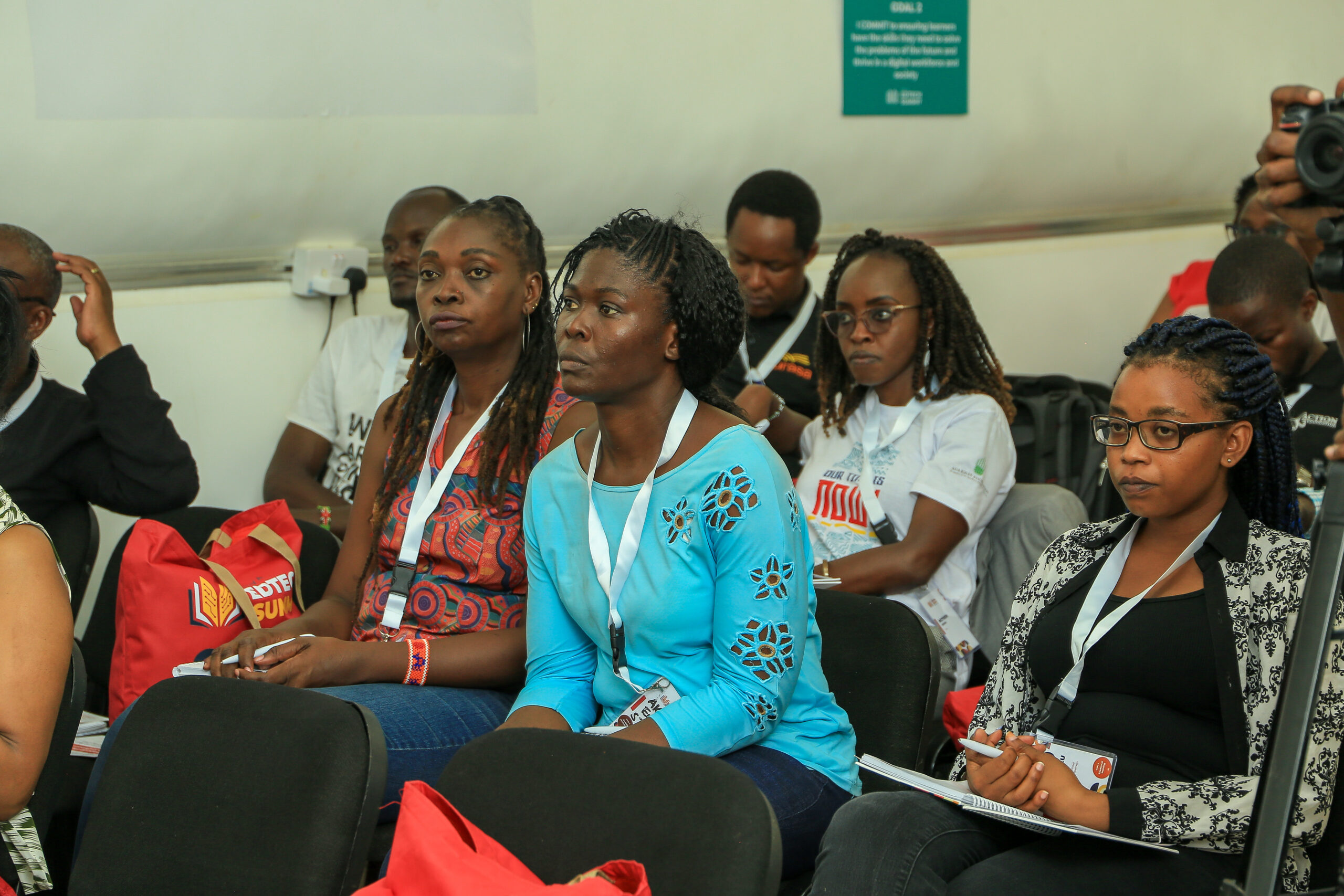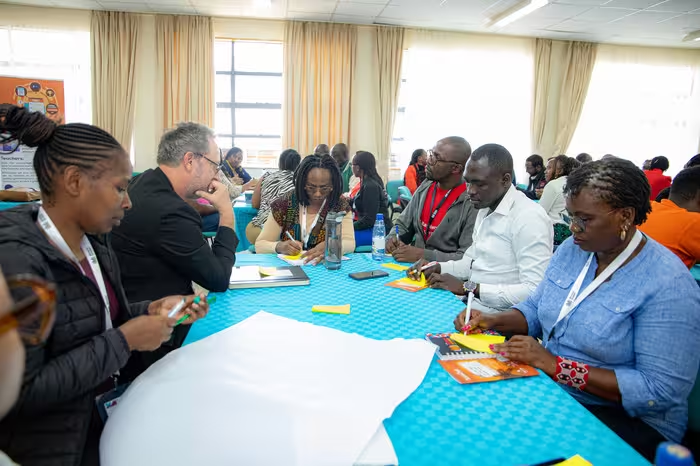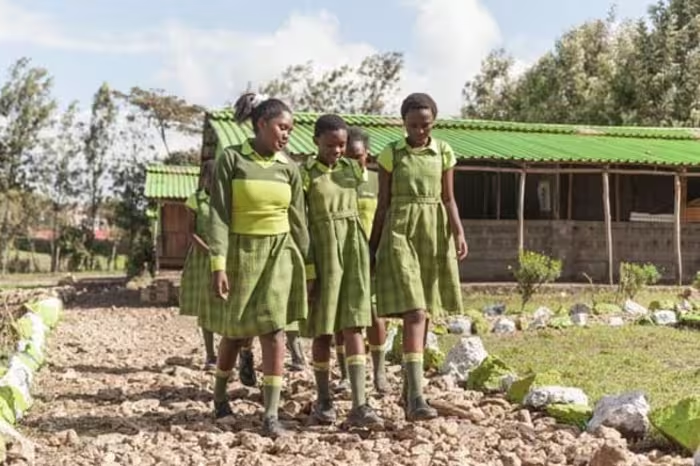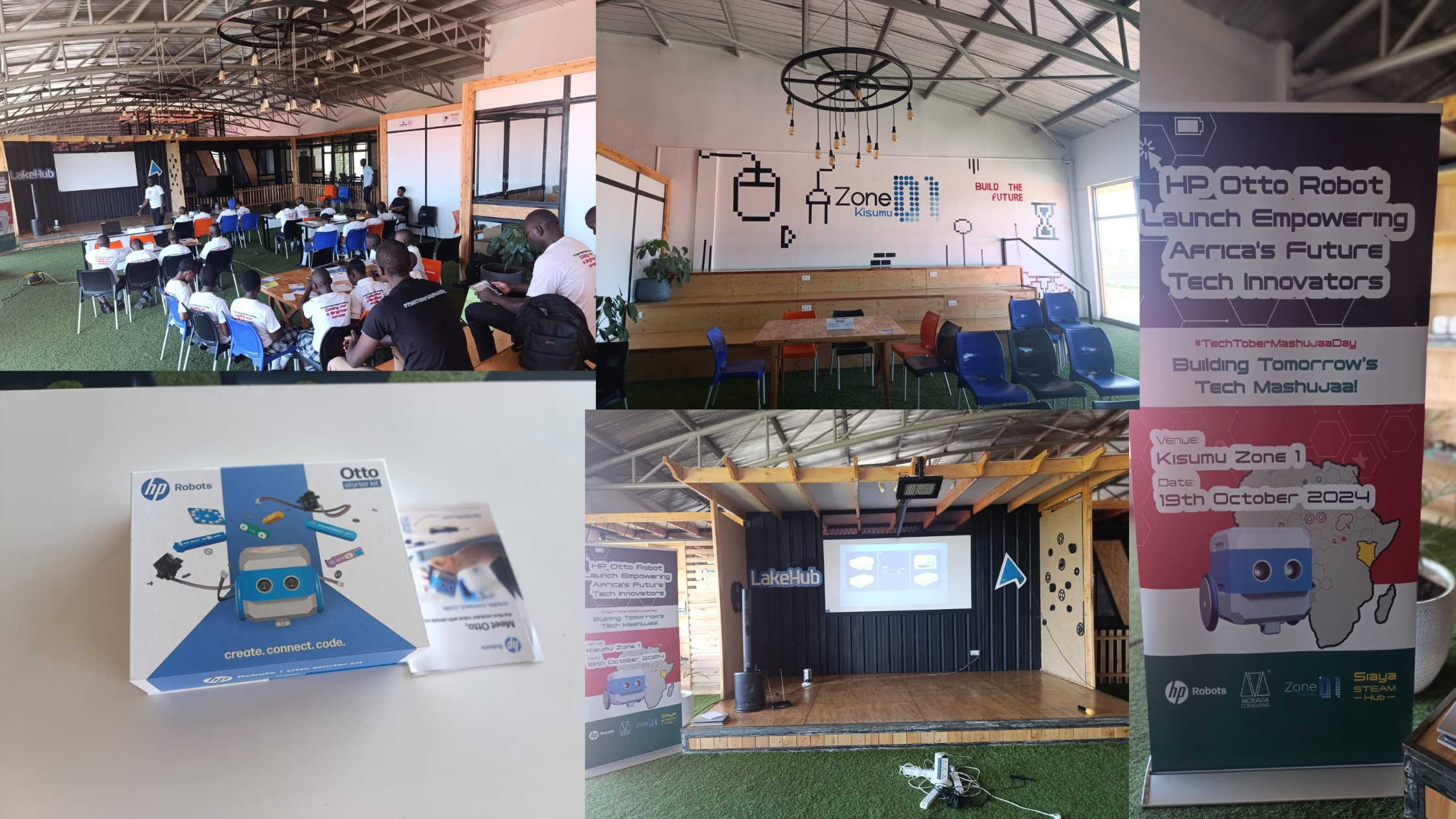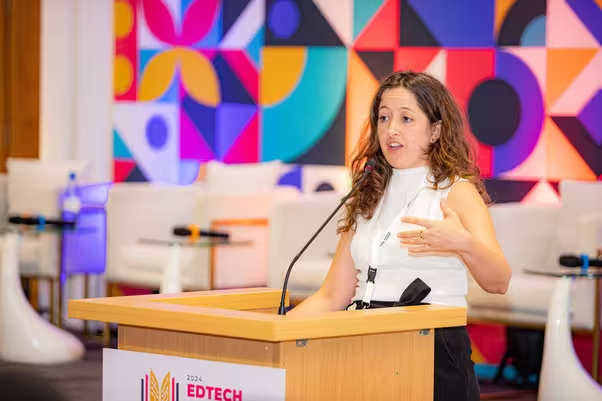By Cece Siago
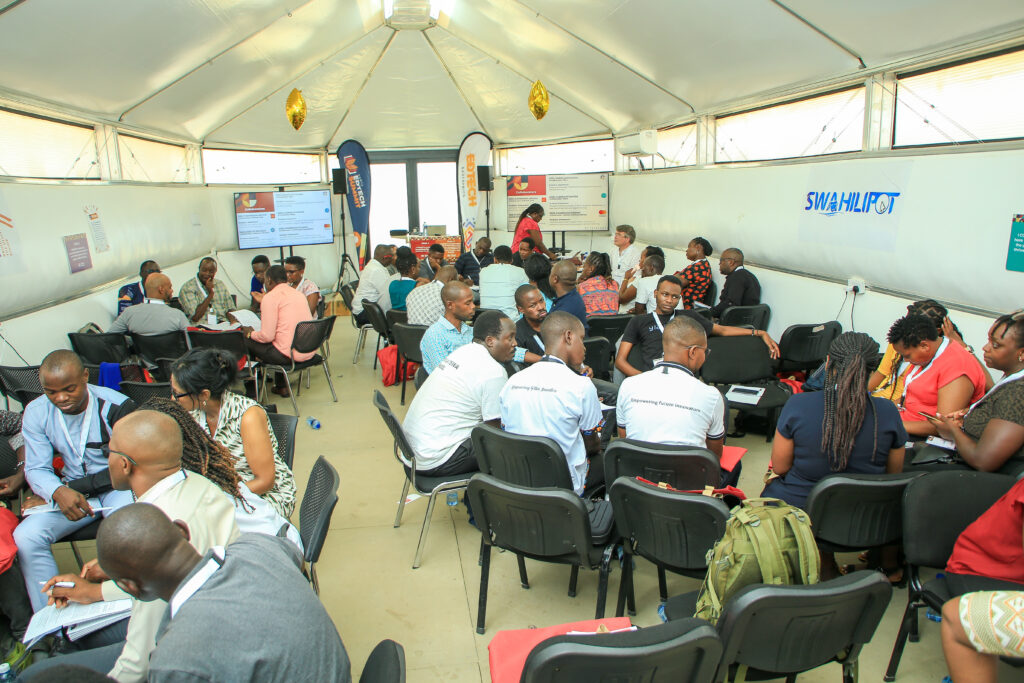
It is a hot, humid Tuesday morning on February 20th, and guests are slowly streaming in to attend the EdTech East Africa organised Pwani EDTech Summit.
A first of its kind, the event brought together EdTech experts based in the Coast region as well as innovators working in the coastal part of Kenya.
Close the Gap, an incubation hub nurturing the most outstanding tech innovations in the Coast region, is this edition’s host, with a well-organized venue suited exactly for that kind of audience.
The summit was not only to discuss the innovations but also to come up with other solutions that will see more learners, especially in remote and marginalized areas, get access to EdTech learning tools.
It was also to shed light on the importance of collaboration between government agencies, innovators, and other EdTech practitioners to make the learning transformation a success.
The inclusion of innovators meant they demonstrated their work to other parties for the sake of making their work known to more people and also forming connections.
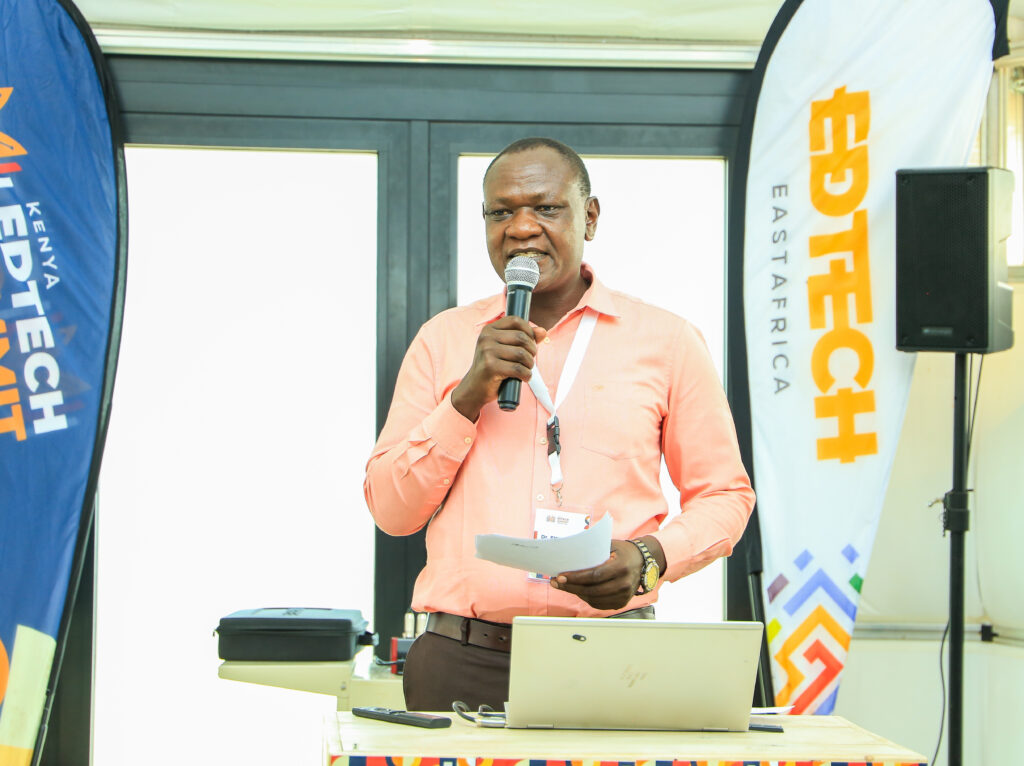
Presidential Working Party on Education Reforms (PWPER) member Dr. Eng Robert Wamalwa officially opened the summit, highlighting why the intersection of technology and education is shaping learning and the future of society.
“This summit is a catalyst for change where education is not confined to classrooms. This is a journey that will change the destiny of education,” Wamalwa said, setting the mood for the day-long engagement.
He also noted the importance of leveraging the use of technology to empower learners and institutions. As an ambassador for ED Tech, he said it was time that government officials, education players, and the private sector collaborate to see not only Kenya but all the African Union countries benefit from this.
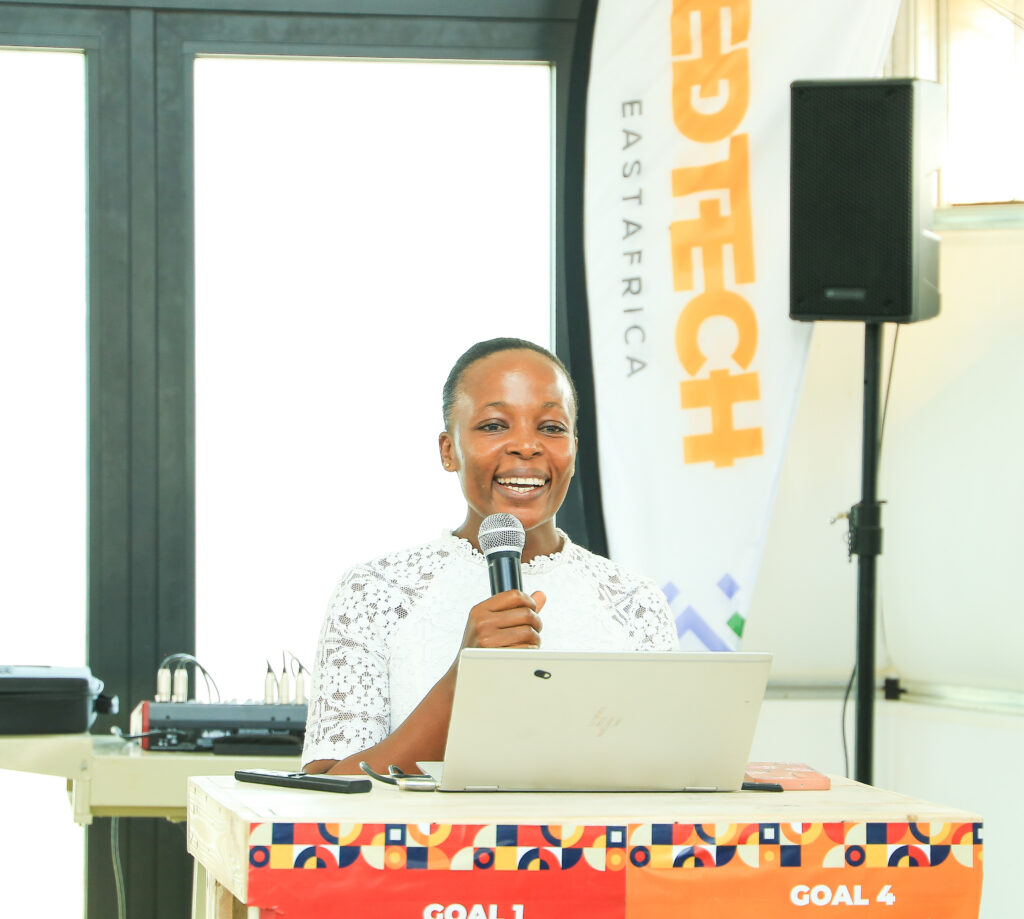
Jacinta Nduta, Close the Gap’s hub manager, was appreciative of EdTech East Africa considering the hub as a venue for the largest EdTech summit in the coastal region.
She said the hub offers co-working spaces, meeting rooms, and physical shops for computers whose prices are way below the market prices. These computers allow a wider population to access affordable laptops.
Their latest innovation is the Digitruck, which moves from one school to another to teach coding to learners, especially those who do not have physical premises or infrastructure that would promote education in tech, such as electricity or machines.
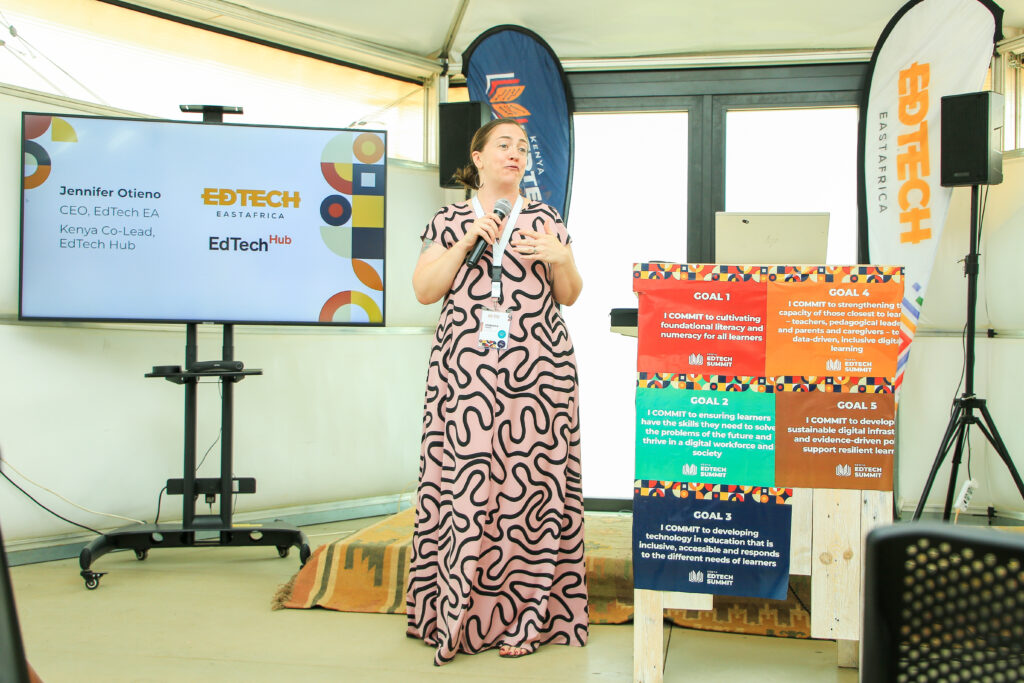
EdTech East Arica Co-Founder Jennifer Cotter-Otieno was in awe of the attendance, noting how this was just a noble idea with ten people ten years ago but is now attracting tens of hundreds of players in the sector.
“We decided to hold a summit in Mombasa because we wanted to bring all the communities represented from across the country.”.
“We cannot change the education sector in Kenya individually, but when we do it together, it is possible.”
On the partnership, she said the Mastercard Foundation had played a major role as a sponsor for this and other EdTech East Africa initiatives, such as the EdTech Mondays, a programme that discusses various issues in the industry and features several players.
Collaboration
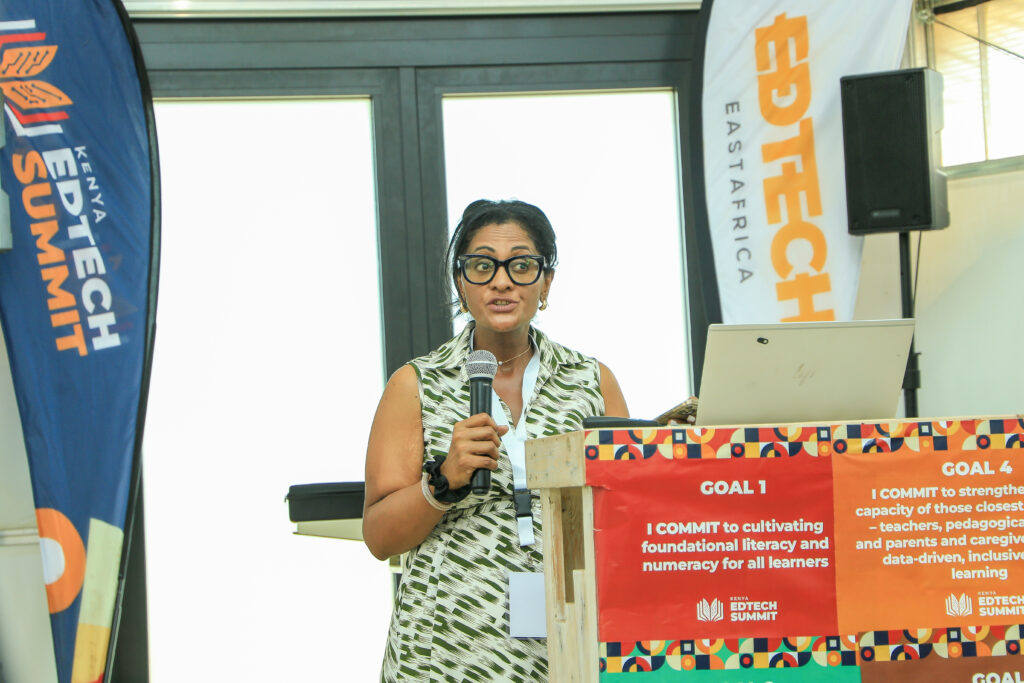
EdTech Hub Executive Director Verna Lalbeharie noted that with Ed Tech, it was key to co-create innovations with teachers, parents, and caregivers to be able to have an all-round working system.
“There is limited evidence of what works in low- and middle-income countries. We need more collaborative research that will enhance the design and the platforms that we use for learning.”
A key issue was the importance of parent engagement, even as she said that teachers had shown enthusiasm.
“Parents cannot expose children to teaching at an early age; therefore, collaboration with caregivers can help prompt them to meet the challenges expected because they know what they need.”
She also noted that the learner’s wellness was important in transition. Verna said the physical health, mental health, and all-around wellness of those learning also contribute to the success of the tools used and their effectiveness.
Collaboration stood out in the day-long interactions that not only involved speeches by key organizers but also plenaries and group discussions organized to shed light on the various technologies that have been applied to support learners in their education.
In her opening speech, Jennifer Cotter-Otieno said this was not just an event, but the summit was a platform to create relationships that forge the way forward in the fast-growing sector.
“We want to create an evidence-driven movement, create transparency, and also catalyze action so that we can do our work more efficiently.”
This was not possible without the inclusion of key government players.
For instance, the presidential working party on education reforms, represented by Dr. Robert Juma Wamalwa, came up with recommendations for improving the learning cycle.
“Let us reflect on the power of collaboration and imagination,” Dr. Wamalwa said, adding that PWPER had come up with recommendations for education, with the Ministry of Education, the Ministry of ICT, and EdTech playing a major role in the education transformation.
He also said the other recommendation was for the Ministry of Education to enhance inclusivity, which will be an opportunity for EdTech to play a role in the fast-transforming and evolving education sector due to technology.
Other than the role of the government, innovators were also asked to collaborate, as opposed to working in silos, to be able to bring out the best in their work. Innovators join forces, especially those with similar innovations, to avoid the replication of ideas.
Collective Action
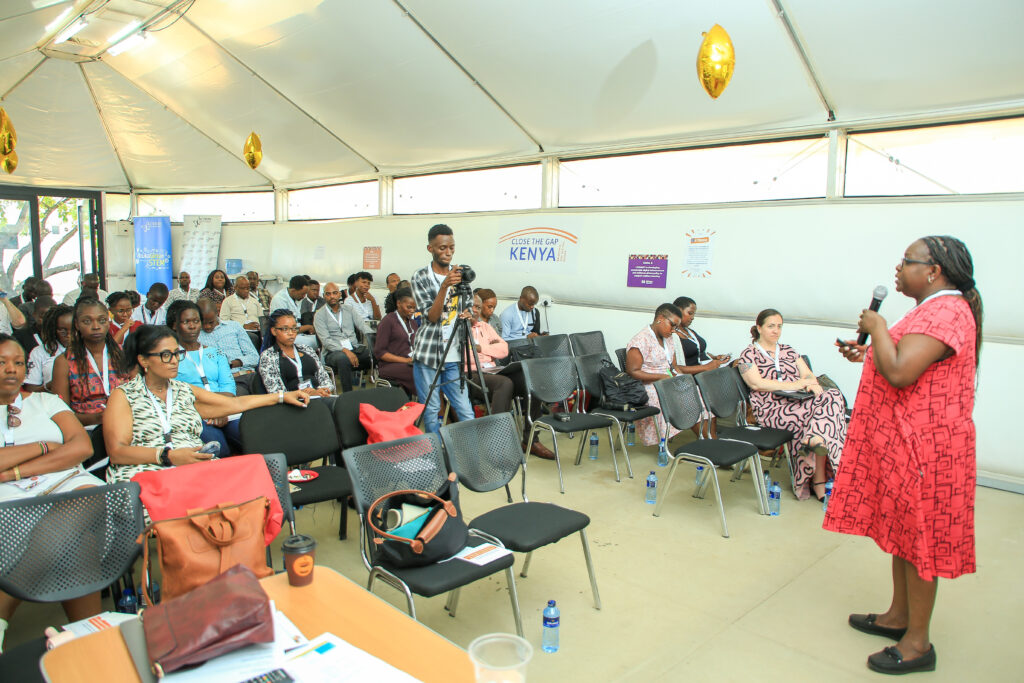
Joan Mwachi’s Collective Action Workshop session brought to light how stakeholders are preparing for the use of artificial intelligence in terms of policies and how technology can help close this gap.
“If we work collectively, we will achieve the changes we want,” said Joan.
She said successful collaboration efforts include having a common agenda, a shared measurement system, mutually reinforcing activities, continuous communication, and a backbone support organization.
“EdTech has started a movement that I think will lead us to achieving this,” added Joan.
Demonstrations of Working Innovations in Coast Region
In one of the breakouts, Stem Impact Center Kenya ran a demonstration on how to use the coding app dubbed SCRATCH, which uses a block model for coding.
Stem Impact Center, the youth development non-profit organization, leverages Science, Technology, and Innovations (STI) to enhance technical skills development, youth empowerment, employment creation, entrepreneurship, and innovation.
The showcased programming language and online platform allow users to create stories, games, and animations. Scratch promotes computational thinking and problem-solving skills, creative teaching and learning, self-expression and collaboration, and equity in computing.
Children as young as six years old can use this, which is one of the technological learning solutions that is effective in some Coast region schools. For instance, the drag-and-drop program can be used to ease learning, and its adaptation of the Kiswahili and English languages makes the tool more relatable.
The highlight of the demo session was when participants were offered laptops to attempt to create characters and conversations using the block model. This also involved individual voice recordings to personalize the characters and being guided on how to arrange the code blocks to make successful stories from the characters.
“Most learners love it when they hear their voices, which makes the tool more relatable,” a representative from the STEM Impact Center said. They added that the innovation was willing to offer workshops for both teachers and learners in new schools to get to know how the tool works.
Taking Digital Personalized Learning in ECDs a notch higher
In the other session, Janice Mutegi and Joseph Gatonye, passionate ECD teachers, took advantage of the forum to explain to the attendees how an innovation of EIDU is working to help learning in preschools.
“We are bringing digital personalized learning (DPL) to Kenya to support teachers’ efforts in teaching,” said Janice.
Through the tool, learners have access to digital personalized learning content in math and literacy. The Kenya Institute of Curriculum Development (KICD) has approved all content, and it is fully in line with the new competency-based curriculum (CBC).
Her co-presenter, Mr. Gatonye, said they are working in steps with partners to ensure the DPL is introduced in class to support the teacher’s efforts and also have a structured pedagogy that is digitised to help teachers have some uniform way to deliver the competency-based curriculum (CBC) better and ensure ECDE officers have a platform or tool to monitor and support learning.
So far, the team has visited 37 counties and says their goal is to serve all 12+ million public pre-primary and primary students across the country by 2027, making Kenya the first country in the world to have a fully digitized education system.
Mr. Gatonye said they had developed a digital learning platform and worked with the county governments to identify schools and then help the teachers deliver the CBC curriculum.
To ensure teachers are capacity-built, they used a master training approach for early childhood development officers. They also support monitoring through class observations and cluster meetings, and EIDU officers support tech issues.
In the case study, Jane said ECDE learning in the classroom has shown considerable improvement in terms of materials in the Coast region.
“However, in every classroom you visit, different teachers have different strategic methods of covering their lessons. Even though they are using CBC designs from KICD, they have different priorities,” she said.
The project, however, still faces a challenge because there are few tools to support teachers in the coverage of their lessons.
Local education officers monitoring learning also turned out to be a challenge. The duo, however, said EIDU has joined hands with the county government to ensure learning outcomes are improved through the use of enhanced tools to support the learner, the teacher, and the officers.
Their sessions also included group questions for participants to brainstorm how best teachers can be supported through training and capacity building when it comes to the application of the DPL tools in schools.
To be highly noted was the need to not just target the teachers but also to include community leaders and parents and use existing platforms.
Participants also suggested that there should be webinars for teacher training so that they do not have to move out of the classroom. The other suggestion was training outside of class hours.
To make this more effective, groups suggested that young teachers should be targeted in the training since they are more adaptive to digital tools.
As teachers, it was also important to note that there were factors to be considered when it came to the dosage of the tools for the learners. Participants said key considerations would be the concentration span of the learners, the activity type, and the type of learner to know how long each one will take to use the tools.
Creating Visibility
As the summit came to an end, Ed Tech East Africa called for the need to increase the visibility of creators and their projects to a larger audience.
This is after it turned out that even though there were great innovations, they were not highlighted, and people and various stakeholders were not aware of what was happening in the Ed Tech space in the coastal region and other parts of the country.
Ms Joan said highlighting such innovations to a greater audience will not only foster growth but also open avenues for collaboration with interested investors and innovators from other parts of the world
More summits and opportunities
In her closing remarks, Jennifer said this was the first of the many regional summits.
The next summit will be held in the Northern Kenya Region and another one in the Central Region before it goes back to Nairobi. “These summits will hold discussions that reflect on the technology being used and whether it is working in these specific regions,” said the co-founder.
About the author:
Ms. Cece Siago is a bilingual multimedia communication specialist and consultant. With over seven years of experience in the communication and media industries, she develops compelling stories with a bias in technology, education, climate, health, and the environment. She has worked with the Nation Media Group as a reporter based in the Coast region, with her multimedia work published in The East African, The Daily Nation, Business Daily, and Taifa Leo (Swahili), among others.
